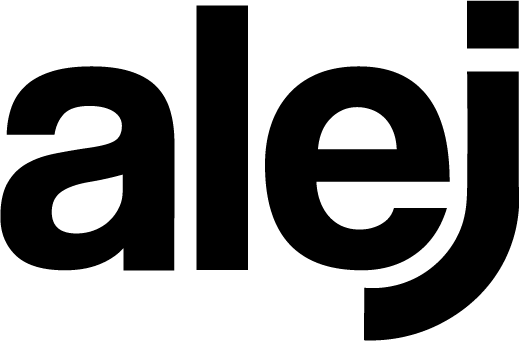Artificial Reality
Algorithms are becoming increasingly precise, capable of creating hyper-realistic content. As these technologies evolve, a fundamental dilemma arises:
Can we still tell the difference between the real and the artificial?
The ability to manipulate images has existed for a long time, but with AI, the process has become much more accessible and often undetectable.
This means that in the near future, the images we see on social media as our digital identity might not objectively reflect reality (though, of course, they already don’t), but rather a completely generated or digitally altered version.
Can we still tell the difference between the real and the artificial?
The ability to manipulate images has existed for a long time, but with AI, the process has become much more accessible and often undetectable.
This means that in the near future, the images we see on social media as our digital identity might not objectively reflect reality (though, of course, they already don’t), but rather a completely generated or digitally altered version.
The Problem That Sells the Solution
The race to dominate artificial intelligence has reached a critical point: systems capable of generating hyper-realistic images and videos are blurring the boundaries between the real and the artificial. Companies like OpenAI, pioneers in this revolution, have not only created tools that challenge our perception but are also exploring parallel biometric authentication projects, such as World (formerly Worldcoin). This scenario, where the same actor develops technology to imitate reality and, at the same time, tries to certify it, evokes a historical dilemma: who watches the watcher?
The Paradox of the Creator and the Guardian
OpenAI, a leader in the production of synthetic reality with tools like Sora, has taken simulation to unprecedented levels: its models not only replicate the texture of reality but perfect it to generate audiovisual content indistinguishable from human productions. However, this advancement coexists with a shadow project: the development of biometric verification systems that aim to position themselves as the sole guarantors of authenticity in a world saturated with simulacra. Here lies the foundational paradox of our time: how can we trust those who design the mechanisms to falsify reality to also be the custodians of its "truth"?
When Power Controls Both Sides
The concentration of this dual power—creation and certification—in a technological oligopoly not only restricts free choice but also reconfigures the balance of power. When a company monopolizes both the fabrication of narratives and the protocols to validate them, it becomes both referee and player at the same time. Its detection algorithms, opaque and inaccessible to public scrutiny, operate as black boxes: who audits the auditor? Under what criteria is something deemed "legitimate" in an ecosystem where the artificial is no longer the exception but the norm?
A Perfect Business Model
The real risk is not the technology itself but the engineering of systemic dependence. The same entities accelerating the global credibility crisis present themselves as saviors with patented, top-down solutions. There is no real choice in a market where both the problem and the antidote come from the same laboratory.
This closed loop not only hijacks user autonomy but institutionalizes a model where ethics are subordinated to flows of capital and control. The question is no longer whether we will need authentication but whether we will accept that our ability to discern becomes captive to private servers that unilaterally determine the boundaries of reality.
In this context, transparency is not a demand but a mirage. The battle for authenticity has ceased to be a philosophical or technological issue; it has become the new arena of corporate domination, where freedom of choice is reduced to an illusion within a system designed to perpetuate itself.
The collapse of reality is not a future event. It's a market strategy.
This closed loop not only hijacks user autonomy but institutionalizes a model where ethics are subordinated to flows of capital and control. The question is no longer whether we will need authentication but whether we will accept that our ability to discern becomes captive to private servers that unilaterally determine the boundaries of reality.
In this context, transparency is not a demand but a mirage. The battle for authenticity has ceased to be a philosophical or technological issue; it has become the new arena of corporate domination, where freedom of choice is reduced to an illusion within a system designed to perpetuate itself.
The collapse of reality is not a future event. It's a market strategy.


